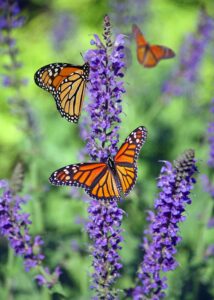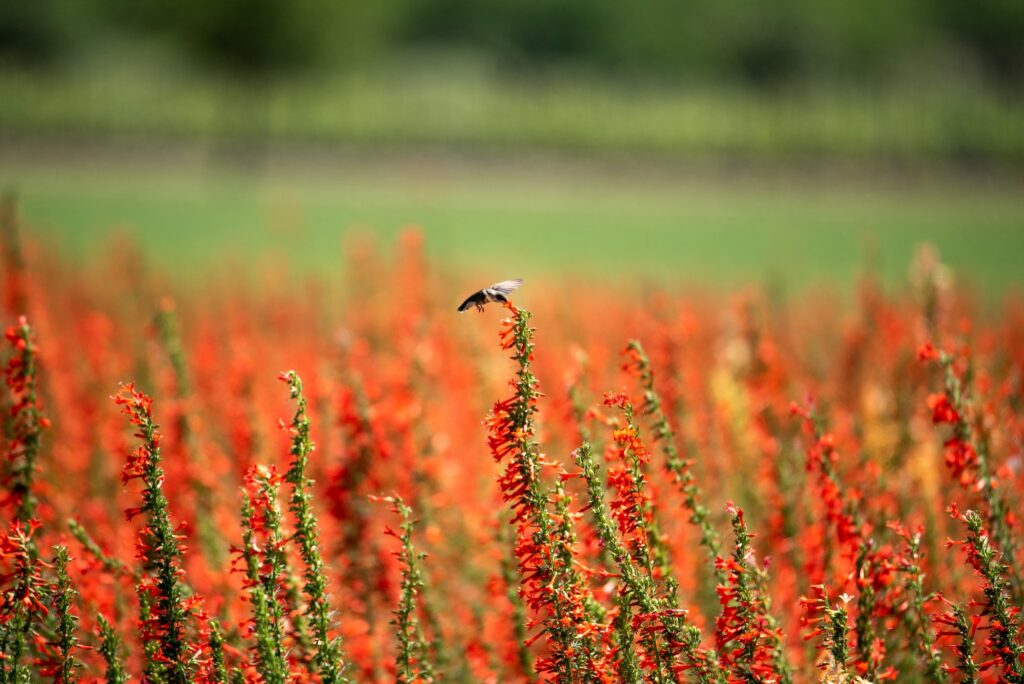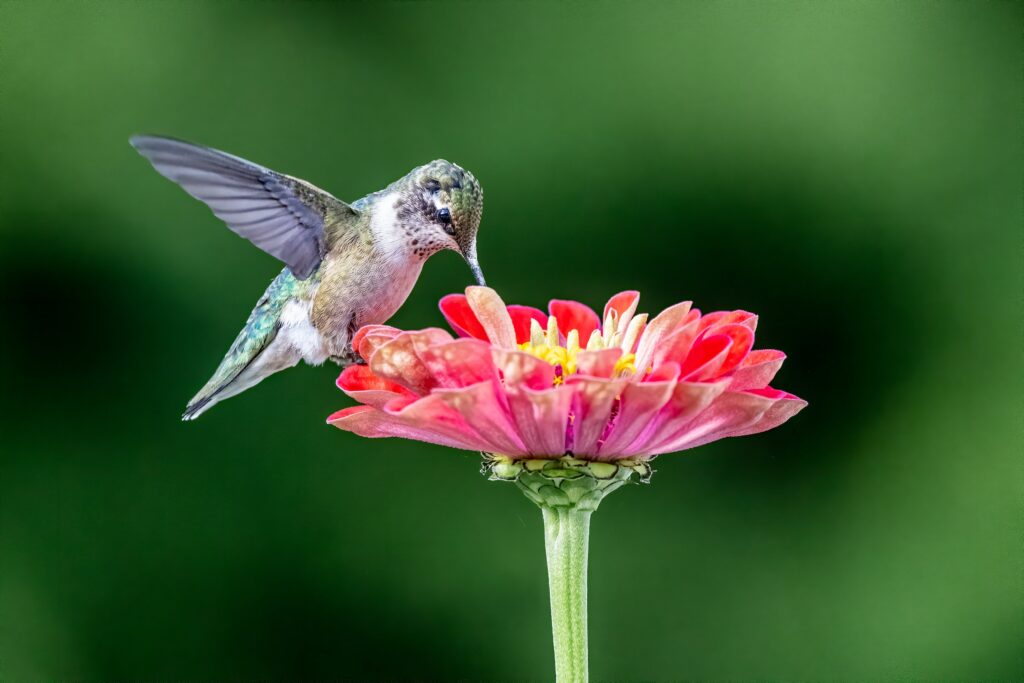Raised Garden Bed Tips
5 Steps to an Eco-friendly Raised Bed Garden for Butterflies, Hummingbirds and Bees
Yearning for more excitement in your backyard? Craving the vibrant flutter of colorful wings and the cheerful chirping of insects? Look no further than transforming your raised bed garden into a haven for pollinators. Bees, butterflies, and other friendly critters will descend on your yard like a pleasant surprise, bringing a gamut of benefits to the table.Not only will they enhance the vibrant ecosystem of your garden, but they will also play a vital role in the cultivation of your fruits and vegetables. As these pollinators flit from bloom to bloom, they will facilitate the fertilization of your plants, resulting in a bountiful harvest. Additionally, your raised bed garden will support local wildlife, reinforcing the natural balance of your area. However, creating an effective pollinator garden in a raised bed requires careful planning and regular maintenance. In this article, we will delve into the intricacies of designing a pollinator garden that is not only effective but also visually pleasing, while also providing valuable tips to keep it thriving throughout the growing season.

Decide the Size of the Raised Bed
When plotting your pollinator paradise, keep your measuring tape handy. The scale of your raised garden bed can make the difference between a gardening hobby and a full-time job. Those smaller dimensions will not only make your pruning and weeding chores a breeze, they’ll also save you bountiful time on watering duties. So, next time you’re pondering the ideal size for your raised beds, think small—your schedule will thank you. The motto here? The smaller the garden bed, the bigger the efficiency.
Choose Your Plants
This is the fun part. You get to decide on the type of plants you want in your pollinator garden. Make sure to select flowers that are native to your region since these will help attract local pollinators like bees and butterflies. Also, consider choosing flowers with different shapes and colors as this will add visual interest and provide more sources of nectar for the insects. You can also include shrubs, trees, and other flowering plants in your pollinator garden to create a diverse habitat.
Keep Your Pollinator Garden Watered
Make sure to water your pollinator garden regularly. Water is a vital resource for pollinators, and providing a consistent source of hydration in your garden will cater to this need. You can create a simple water feature by using a shallow dish or a birdbath filled with pebbles, which allows pollinators easy access to the water they require. This setup serves as an ideal watering hole for your garden’s pollinators. By following this step, you can contribute significantly to maintaining a healthy and flourishing pollinator population in your garden.
Plenty of Sunshine and Protection from Wind
Third, ensure your raised bed is in an area that gets plenty of sun and wind protection. Pollinators like warmth and shelter from strong winds so they can feed without any disruptions. Adding flat stones or other items around the base of your raised bed can also provide additional protection for pollinators while they’re visiting your garden.
Maintain Your Pollinator Garden
Maintaining your pollinator garden is the vital final step in ensuring its thriving state. Consistently tending to weeding and fertilization is imperative to guarantee the prosperity of your garden. By staying vigilant with these routine tasks, you will preserve the health and beauty of your outdoor space. If you’re up for a challenge and have the necessary permissions, consider constructing DIY bug houses or bee boxes. These structures serve as additional shelters, enhancing the habitat for the beneficial insects in your backyard.

So, get ready to roll up your sleeves and embrace those gardening gloves with gusto! As we venture into the realm of backyard metamorphosis, remember, creating a pollinator paradise is not rocket science. With just a smidgen of effort, a dash of love, and a raised garden bed, you’ll have butterflies fluttering, bees buzzing, and hummingbirds humming in no time. It’s not just about nurturing local wildlife and improving your green thumb, it’s also about savoring the simplest of life’s pleasures. After all, the vitality and charm of Mother Nature are but a garden bed away!
